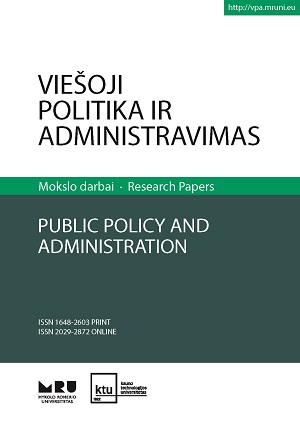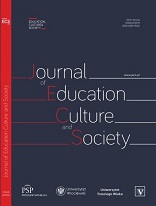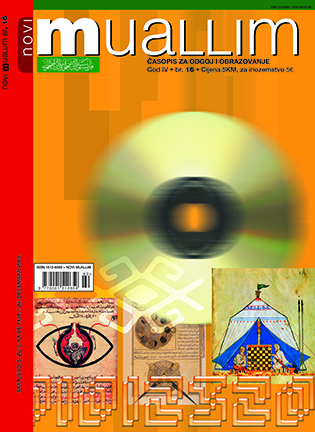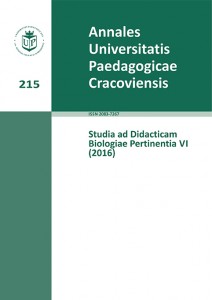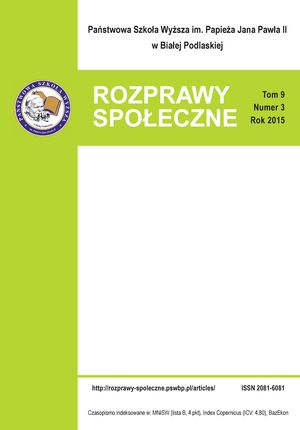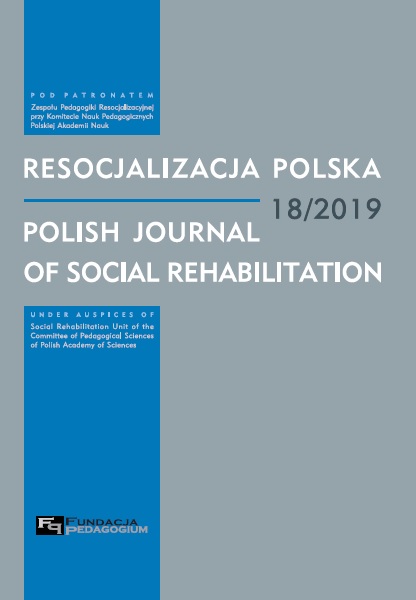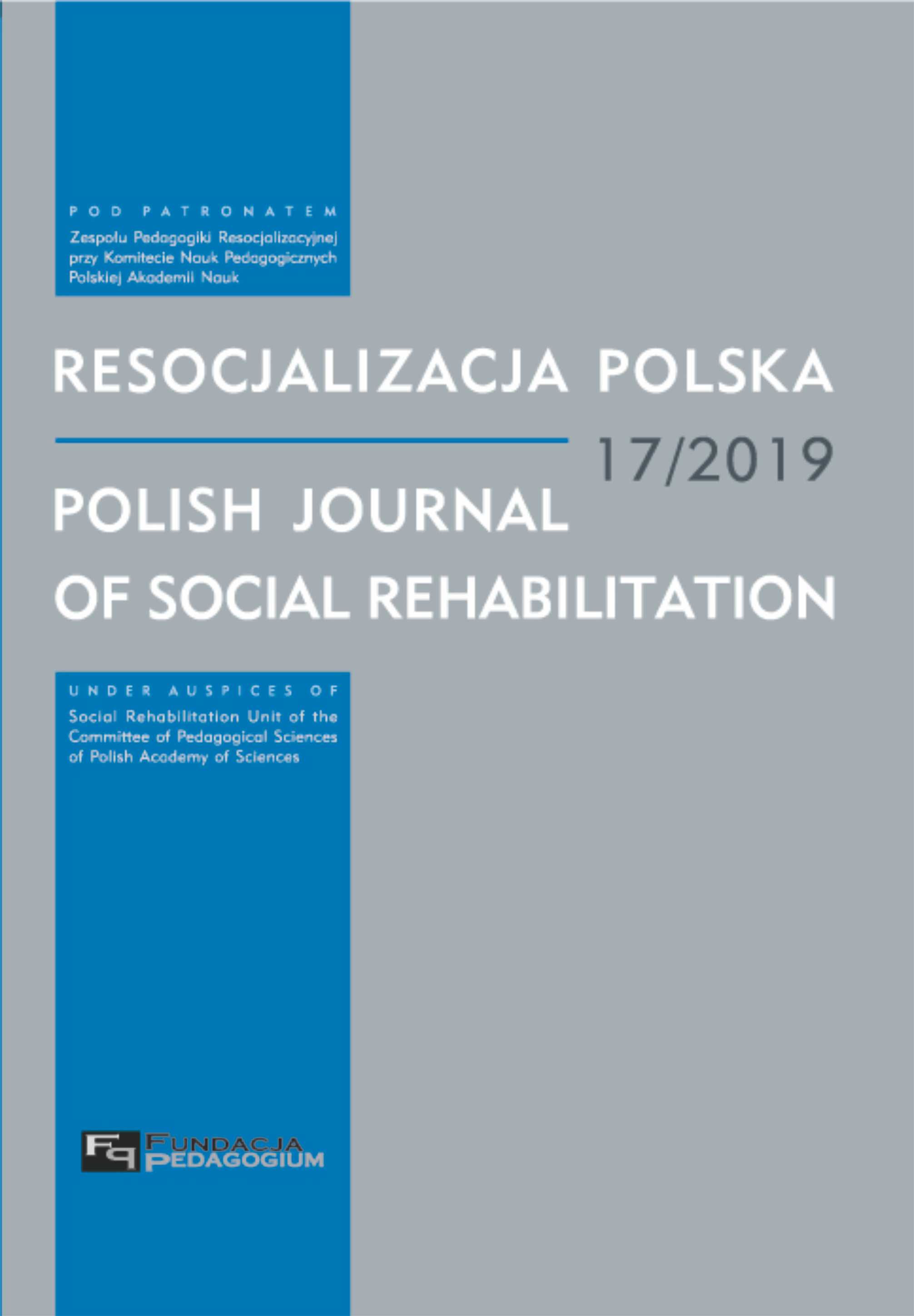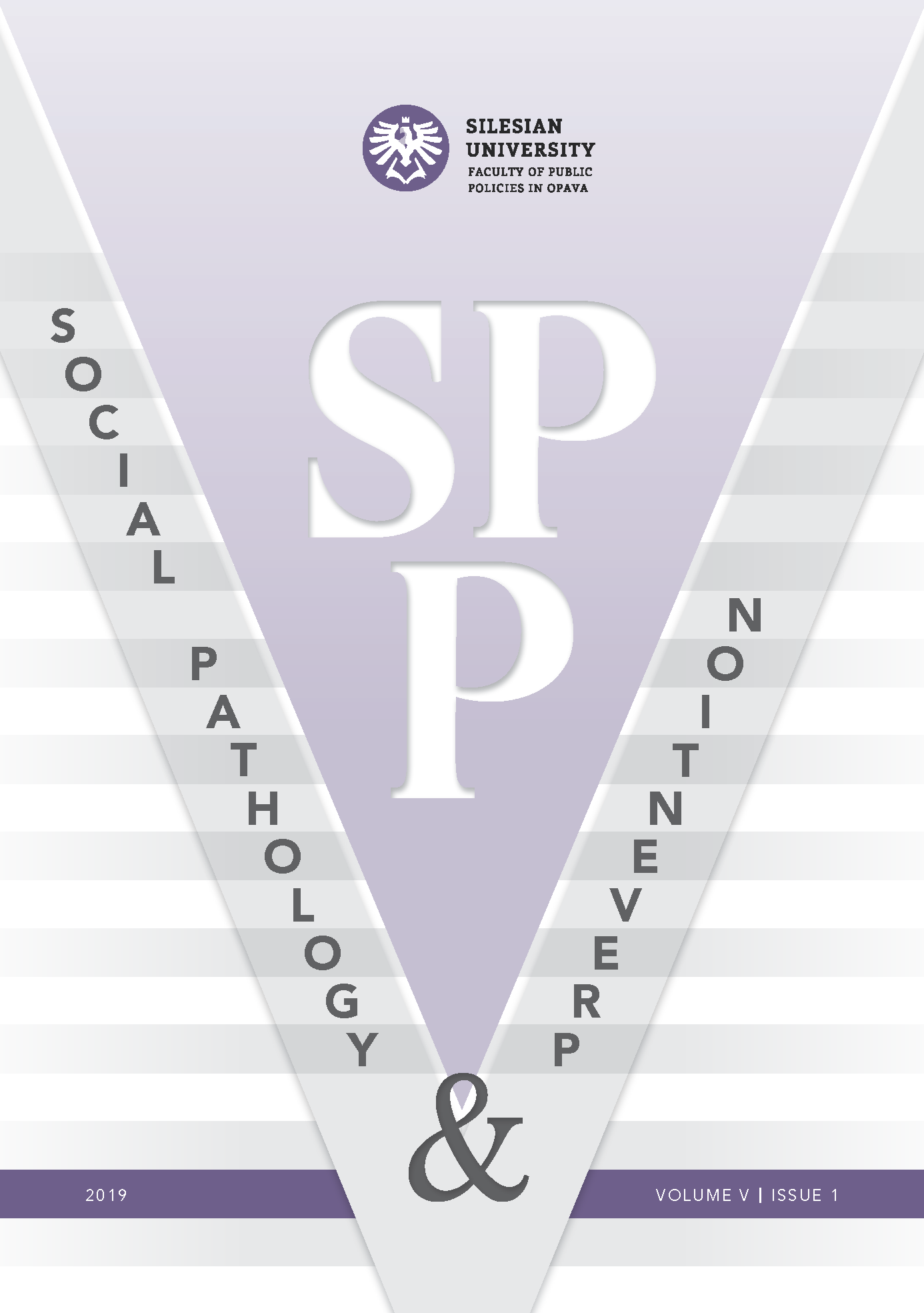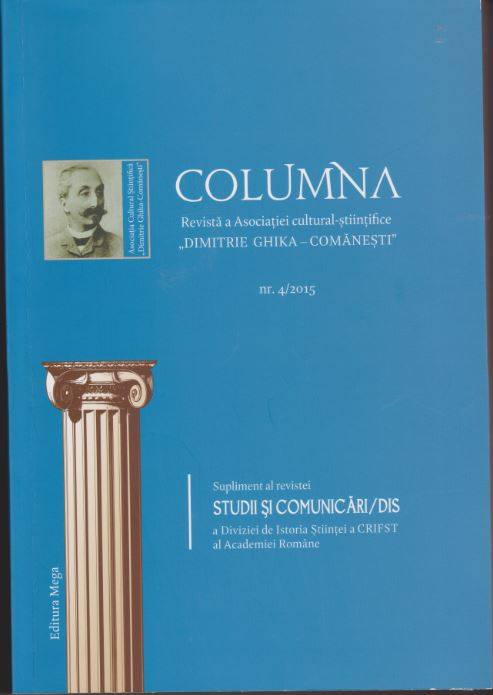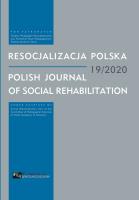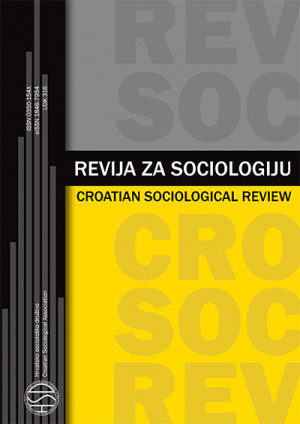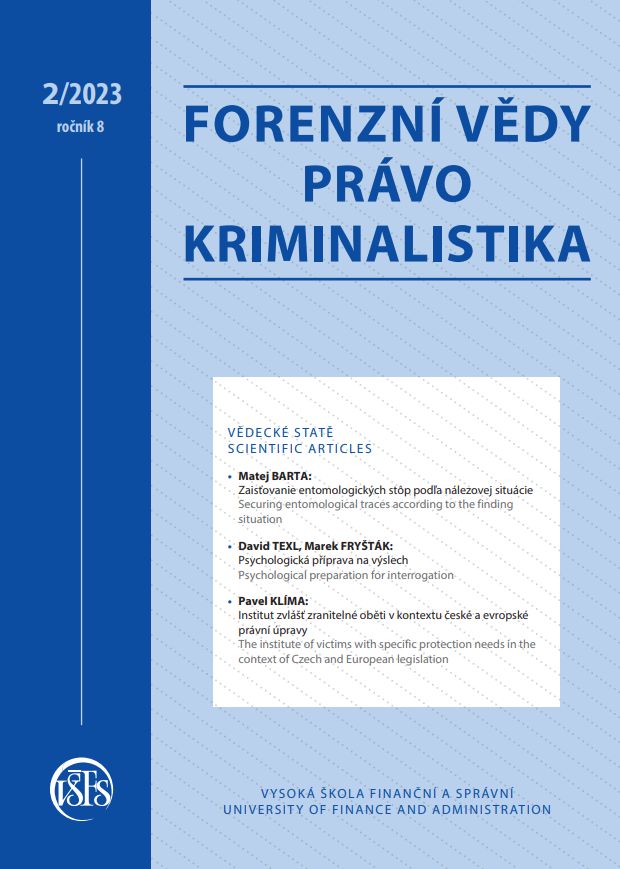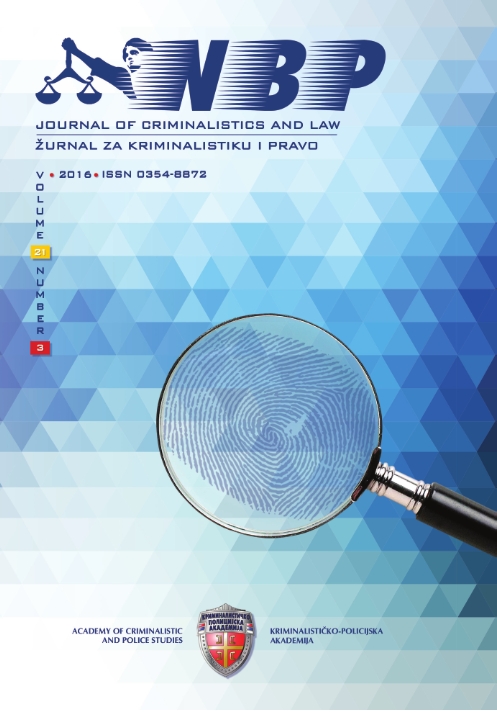Aspects of Social Support in the Case of Abstinent Alcoholic
Abstinence is an indispensable premise in the case of alcohol addicts. In maintaining this, aside for a solid motivation and the task to alter his behavior and attitude towards life, an essential role is played by the element of Social Support. Understanding, as an individual, the way in which the Social Support system to which he belongs functions, is determined in offering a protective or, contrary to that, obnoxious role, with the feeling of abandonment, loneliness or alienation. The present study is an element of a future sociologic research focused on alcohol addicts, now abstinent. The batch of participants was made up of 116 persons, men with ages between 26 and 73 years (with an average age of 47.55 years), abstinent alcoholics with a minimum of three months since their debut or their last relapse. Utilizing the Multidimensional Scale of Perceived Social Support / MSPSS (Zimet and colab. 1988), the perception of an abstinent alcoholic about the grade of fitness of the social support has been evaluated, in three groups based on the time of abstinence: up to four years (n=39), between four and eight years (n=35) and above eight years (n=42); as well as three groups based on relapses: no relapse (n=60), with one relapse (n=23), and with several relapses (n=33). Statistically significant results regarding the quality of social support have been noticed: a) By family members – those without relapses (2 items) and those with abstinence between four and eight years (2 items); b) By friends – those without relapse (1 item); c) From other significant persons – those without relapses (1 item) and those with abstinence over eight years (1 item).
More...
